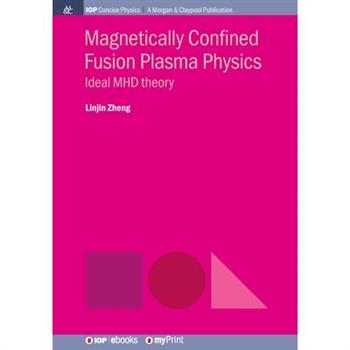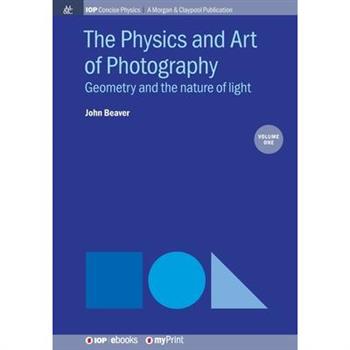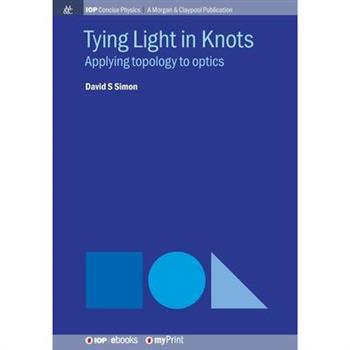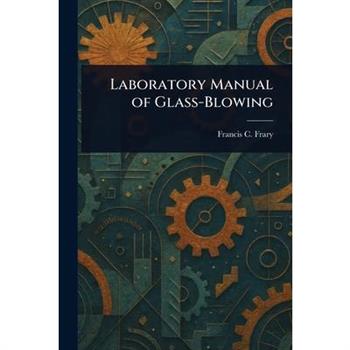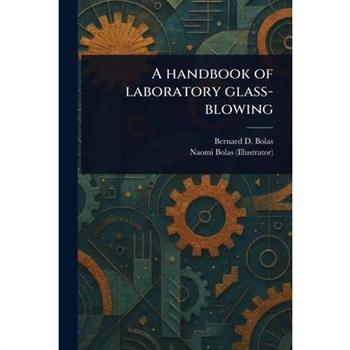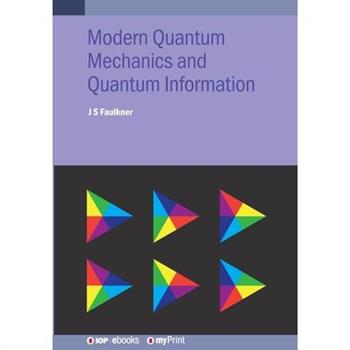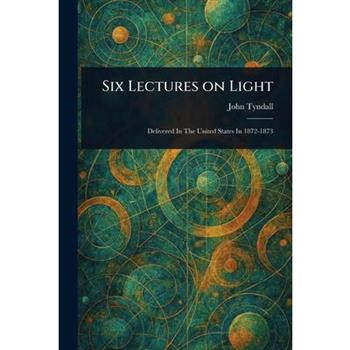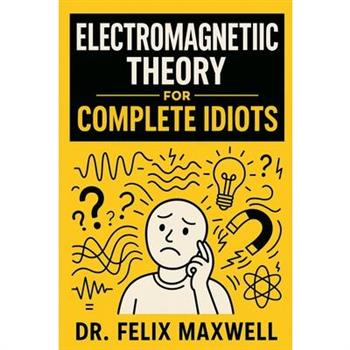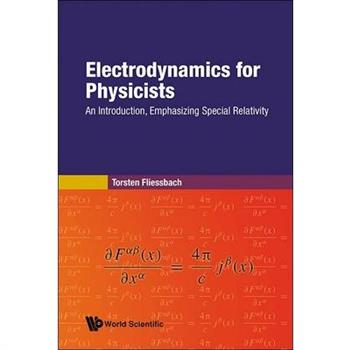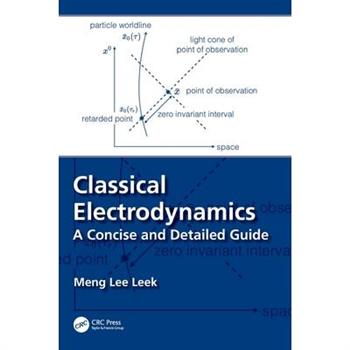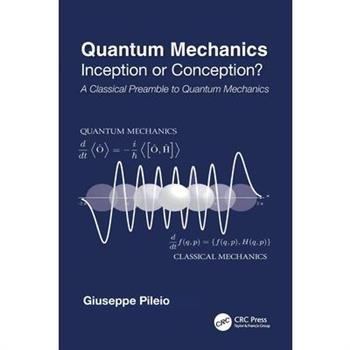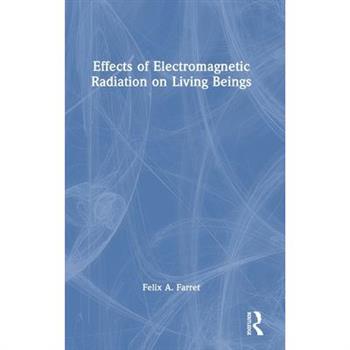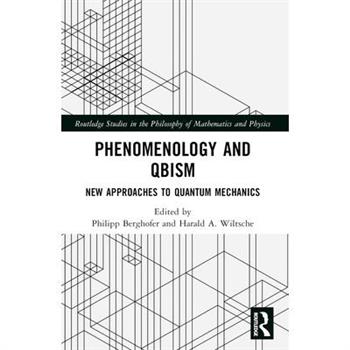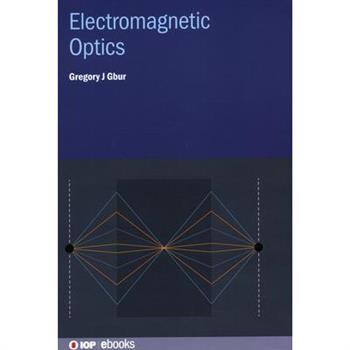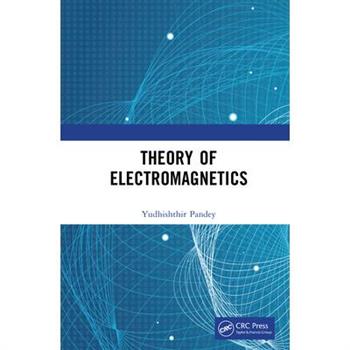Modern Classical Optical System Design
Visible Light Communications (Second Edition)
Fundamentals of Quantum Entanglement
Modern Quantum Mechanics and Quantum Information
Color Images From Mars Rovers; Spirit And Opportunity
Embark on an awe-inspiring journey across the Martian landscape with "Color Images from Mars Rovers; Spirit and Opportunity" by Bob Webster. This captivating collection, once out of print for decades, has been lovingly restored and republished by Alpha Editions, offering a rare glimpse into the vibrant hues of the Red Planet. What makes this book a timeless treasure is its breathtaking portrayal of Mars through the eyes of the iconic rovers, Spirit and Opportunity. Each page is a testament to human curiosity and technological triumph, capturing the raw beauty and mystery of our celestial neighbor. This edition is more than just a reprint; it's a collector's item and a cultural treasure, meticulously preserved for today's and future generations. Whether you're a casual reader or a classic literature aficionado, this book promises to ignite your imagination and deepen your appreciation for the wonders of space exploration. Dive into this visual odyssey and let the stunning images and compelling narrative transport you to a world beyond our own. Secure your copy today and own a piece of history that celebrates the enduring spirit of discovery.
Lectures on Graph Theory
This book introduces foundational topics such as group theory, fields, linear algebra, matrix theory, and graph theory, providing readers with the essential background needed to understand Feynman diagrams and their integral representations. The book highlights Feynman's parametrization as a central tool for studying Feynman integrals, starting with the traditional momentum representation. Schwinger and Lee-Pomeransky parametrizations are covered in a supplementary chapter. Readers will develop a clear understanding of the mathematical properties and practical applications of these techniques, with a particular emphasis on Feynman's approach. Advanced topics such as integration-by-parts identities and intersection number theory are explored in the final chapter, offering readers a gateway to key mathematical structures. The prerequisites are minimal--only a basic familiarity with algebra and calculus is recommended. The content begins with introductory concepts and gradually progresses to more advanced material, ensuring a balanced learning curve. Practical examples throughout the book reinforce the main ideas, allowing readers to apply what they've learned and deepen their understanding as they move through the material.
Classical Electrodynamics
Classical Electrodynamics: A Concise and Detailed Guide covers the essential theoretical foundations of electrodynamics from the vector calculus formulation to the classical gauge field theory.The essential theoretical formalism of electrodynamics is covered with all mathematical derivations provided. The derivations are uniquely presented with inline, line-by-line explanations which makes every derivation easy to follow. The reader does not need to struggle to fill in the steps and the reader can focus on pondering over the physical content and implications of the derived results. The content is supplemented with numerous exercises with their complete solutions included.This book is for students who are interested in theoretical physics and seek an efficient but proper preparation of the essential knowledge in electrodynamics and classical gauge field theory. With this background knowledge, the student will be able to progress further into concepts beyond electrodynamics like general relativity or quantum gauge field theories.
Effects of Electromagnetic Radiation on Living Beings
The objective of this book is to show in detail how electromagnetic waves existing in the environment can affect the electrochemical currents present in the brains and bodies of living beings that serve to communicate with their internal organs as well as with other living beings. These electromagnetic waves are intensely distributed by current means of communication (television, cell phones, radar, medical equipment, electrical machines, electrical networks) and by the stars in the universe. Such waves can affect in one way or another the electrochemical currents of living beings, which seem to be currently interpreted as sensations, hypnosis, telepathy, intuition, spells, mediumship, visions, precognition, as well as other less widespread forms such as telekinesis, radiesthesia, clairvoyance, precognition and teleportation. Several world-famous examples of these possibilities are illustrated in the final chapter of this book.Key Features: 14 examples of diverse international case studies included Challenges conventional ways of thinking by exploring the intersection of electromagnetic waves and extrasensory perception. Equips readers with insights into the various effects of electromagnetic waves in daily life, which promotes awareness of their environment and its different influences and how they impact people. Provides an engineering framework for understanding extrasensory beliefs and aims to explain the concept of historical brain believing in a better manner
Effects of Electromagnetic Radiation on Living Beings
The objective of this book is to show in detail how electromagnetic waves existing in the environment can affect the electrochemical currents present in the brains and bodies of living beings that serve to communicate with their internal organs as well as with other living beings. These electromagnetic waves are intensely distributed by current means of communication (television, cell phones, radar, medical equipment, electrical machines, electrical networks) and by the stars in the universe. Such waves can affect in one way or another the electrochemical currents of living beings, which seem to be currently interpreted as sensations, hypnosis, telepathy, intuition, spells, mediumship, visions, precognition, as well as other less widespread forms such as telekinesis, radiesthesia, clairvoyance, precognition and teleportation. Several world-famous examples of these possibilities are illustrated in the final chapter of this book.Key Features: 14 examples of diverse international case studies included Challenges conventional ways of thinking by exploring the intersection of electromagnetic waves and extrasensory perception. Equips readers with insights into the various effects of electromagnetic waves in daily life, which promotes awareness of their environment and its different influences and how they impact people. Provides an engineering framework for understanding extrasensory beliefs and aims to explain the concept of historical brain believing in a better manner
Quantum Resource Theories
In this original and modern book, the complexities of quantum phenomena and quantum resource theories are meticulously unravelled, from foundational entanglement and thermodynamics to the nuanced realms of asymmetry and beyond. Ideal for those aspiring to grasp the full scope of quantum resources, the text integrates advanced mathematical methods and physical principles within a comprehensive, accessible framework. Including over 760 exercises throughout, to develop and expand key concepts, readers will gain an unrivalled understanding of the topic. With its unique blend of pedagogical depth and cutting-edge research, it not only paves the way for a deep understanding of quantum resource theories but also illuminates the path toward innovative research directions. Providing the latest developments in the field as well as established knowledge within a unified framework, this book will be indispensable to students, educators, and researchers interested in quantum science's profound mysteries and applications.
Modern Cosmology
Modern Cosmology, Third Edition provides a detailed introduction to the field of cosmology. Beginning with the smooth, homogeneous universe described by a Friedmann-Lema簾tre-Robertson-Walker metric, this trusted resource includes careful treatments of dark energy, big bang nucleosynthesis, recombination, and dark matter. The reader is then introduced to perturbations about an FLRW universe: their evolution with the Einstein-Boltzmann equations, their primordial generation by inflation, and their observational consequences: the acoustic peaks in the CMB; the E/B decomposition in polarization; gravitational lensing of the CMB and large-scale structure; and the BAO standard ruler and redshift-space distortions in galaxy clustering. This revised third edition includes updates such as new sections on gravitational waves, line intensity mapping, and emergent analysis techniques; expanded sections of CMB secondaries; and revised figures and pedagogy. These revisions serve to enhance a comprehensive foundational text, as well as provide users with improvements that are aligned with recent advances in the field, as well as modern focuses in the classroom.
Phenomenology and QBism
This volume brings together philosophers and physicists to explore the parallels between Quantum Bayesianism, or QBism, and the phenomenological tradition. It is the first book exclusively devoted to phenomenology and quantum mechanics.
Mathematical Foundations of Quantum Field Theory
Elementary Quantum Mechanics (with Problems and Solutions)
The impact of quantum mechanics on our day-to-day life is growing at an exponential rate, of which most people are unaware. For example, the toaster is a prime example of a quantum mechanical device. While quantum mechanics arose as a subject in physics, quantum mechanical thinking has had, and continues to have, a broad impact on mathematics. For example, operator theory as we know it today would not exist without von Neumann's effort to put quantum mechanics on a solid mathematical foundation. This book is defined for undergraduate students of mathematics to obtain an introduction to quantum mechanical ideas, and the associated mathematics, without requiring an extensive background in physics.This book is focused around the following topics. 1) The Mathematical Structure of Quantum Mechanics. We develop the main mathematical structure of quantum theory in the setting of the accepted postulates of quantum mechanics. Dirac's bra-ket notation for the required linear algebra aspects will be utilized, as well as the mathematical and physical implications arising from the mathematical aspects of self-adjoint linear operators, with emphasis on the finite dimensional setting. 2) Dynamics of a Quantum Particle. We introduce the Schrodinger equation and discuss its physical meaning and mathematical structure. The required partial differential equations theory is elementary, and will be developed from scratch. 3) Measurement, Time Evolution, Uncertainty, and the Harmonic Oscillator. This builds on the previously developed mathematics and culminates with a detailed discussion of the quantum mechanical workhorse example -- the harmonic oscillator. 4) Quantum Mechanics of Angular Momentum. Most of the book is developed in the context of the (relatively) simple one dimensional quantum systems. This topic goes into three dimensions and illustrates how very interesting mathematics can yield novel physical explanations that are unobtainable with classical methods. 5) The Postulates of Quantum Mechanics, Measurement, Composite Systems, Tensor Products, and Entanglement. This is the area that most students have heard of -- quantum entanglement, 'action-at-a- distance' and Bell's inequality. The mathematics will be at an elementary level (except possibly for tensor products, which are sadly neglected many linear algebra courses today, but which are literally exploding in a variety of current applications).
Theory of Electromagnetics
This book details the fundamental principles and applications of electromagnetics. It discusses their theoretical aspects as well as practical applications to provide a comprehensive overview and understanding of the field. The subject matter of this book also covers: Fundamentals of Vector Theory Conductors, Dielectrics, and Capacitance Poisson's and Laplace's Equations and their Applications Reflection, Refraction, and Dispersion of Plane Waves Transmission Lines Print edition not for sale in South Asia (India, Sri Lanka, Nepal, Bangladesh, Pakistan or Bhutan)
Modern Take on Physics (V1)
These two volumes cover the classical topics typically taught in undergraduate physics courses and beyond. However, they also possess unique characteristics. In these volumes, we teach classical physics using a very different language from traditional books, influenced by the language of modern physics, in a move to encourage a positive approach towards the latter. The concept of energy serves as the unifying aspect in physics, spanning from mechanics to thermodynamics, electromagnetism and modern physics. The organisation of the material into chapters also reflects the distinct approach taken in these volumes. We present physics in a unified manner without separating topics such as mechanics, kinematics, thermodynamics, electricity, and magnetism. Instead, physics is revealed gradually, emphasizing a holistic approach to science. Despite this peculiarity, we have maintained the conventional separation between Physics I and II to assist potential teachers in adopting these books steadily and securely.These innovative volumes present valuable new perspectives. Although their approach is bold, they will certainly prompt interesting reflections on traditional teachings. This first volume contains chapters on temperature, optics, waves, motion, special relativity, Newton's laws, forces and work, inertial and non-inertial frames, momentum, the physics of gases, and thermodynamics, among other topics.
Audio Production Worktext
Now in its eleventh edition, Audio Production Worktext offers a comprehensive introduction to audio production in radio, podcasting, television, and film.This hands-on, student-friendly text demonstrates how to navigate modern radio production studios and utilize the latest equipment and software. Key chapters address production planning, the use of microphones, audio consoles, and sound production for visual media. The reader is shown the reality of audio production both within the studio and on location. In this new edition, chapters have been reorganized to address the growing prominence of podcasting and digital production. Thorough updates have been made to every chapter, including self-study questions and projects, and the authors continue to draw in diverse and international practitioner perspectives to help translate concepts to real-world practice.This book remains an essential text for audio and media production students seeking a thorough introduction to the field.The accompanying website for students and instructors has also been updated and includes sample syllabi, lesson plans, further study questions, quizzes, and extensive audio examples.







